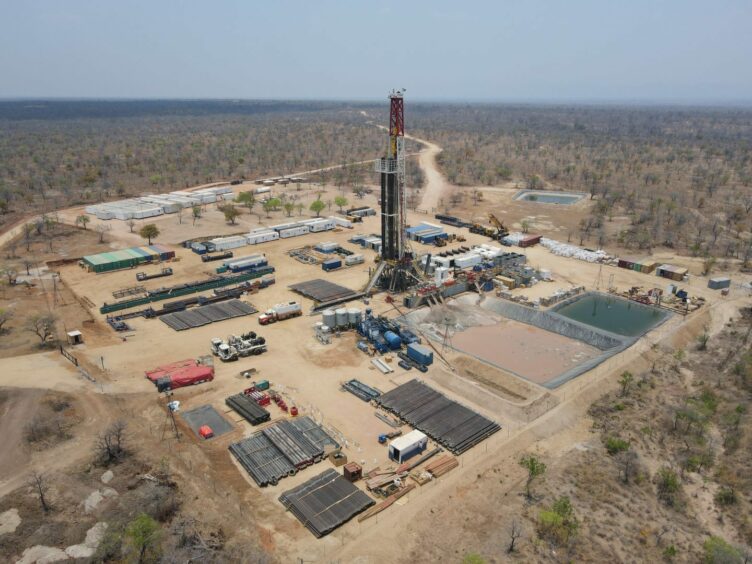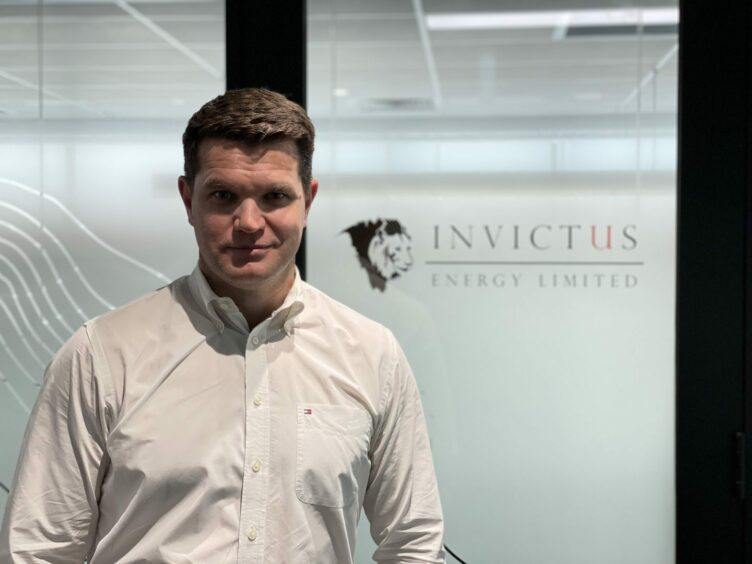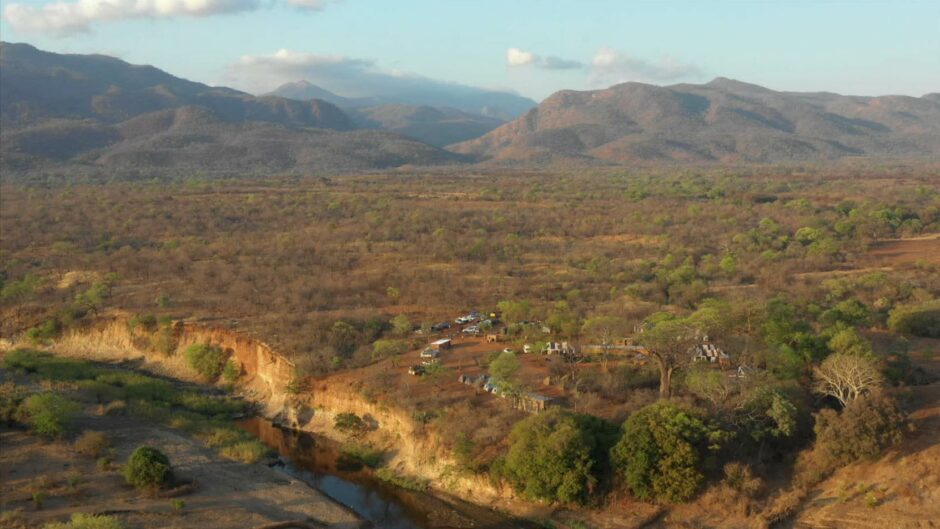
Drilling the first Mukuyu-1 “nearly had the fairy tale” ending, Invictus Energy managing director Scott Macmillan said, making the case for Mukuyu-2 the obvious next step for the company.
The Australian company drilled the first well on its Zimbabwean permit in 2022. The company found hydrocarbons, but could not recover a direct fluid sample from its efforts – and also encountered tough drilling conditions.
“From a company, and a personal, perspective that was disappointing,” Macmillan said. Now that the team has had time to digest the results, moving to Mukuyu-2 was a “clear and very logical step”.
Listing requirement prevent Invictus from providing too much on what it discovered at the first well. It did, though, find evidence of light volatile oil in the upper areas, down to leaner gas in the deeper zones.
“We need fluid samples to prove what we’ve found. Mudgas samples are not a virgin sample. We know we’re in the neighbourhood of volatile light oil to rich gas condensates – and also a bit of helium.”
Eyes up, stepping out
The next well must recover fluids, the executive said, in order to meet reporting requirements for a discovery. “Redrilling wouldn’t give us new information. We need find a balance with the next well, to step out far enough. The further you go, the bigger the risk.”
Mukuyu-2 will be an “aggressive step out”, around 3-5 km from the original site.
Drilling the first well turned out to be more of a challenge than Invictus had expected, with a wireline testing tool getting stuck.
The company’s approach for the first well had been “very conservative”, Macmillan said, on both drilling design and fluids. This was necessary because of the risks of drilling in a new basin, with drilling overpressured going through formations – causing damage and build up around the borehole. This also made it harder to recover fluid samples, he said.
“A huge number of lessons have been learned” for the next Mukuyu-2 well. “The next well will have a more appropriate mud weight”, while there were also lessons on the drilling fluid chemistry. The drilling crew will also have more knowledge of the rig, with the Exalo 202 still in country for the second well.
The plan calls for the rig to spud the well in the third quarter, Macmillan said. Rig maintenance is mostly done, with the remainder to be carried out on site.
The determining factor for drilling will be the mobilisation of service companies, providing the needed wireline and directional drilling. “Once we award the tender, that drives the timeline, so we’re just waiting on those.”
Work this time around should be a lot more straightforward, the executive said. Work on a first well in a frontier basin is “a logistics project with some drilling involved. We are much better informed now and we have most of the equipment in country already,” he said.
“The service companies have a better understanding of what the project entails now. There’s a long-term basis for work in the basin, it’s multi-year with scores – to hundreds – of wells involved.”
Invictus has received proposals for the work from all the major service companies, he said.
Long-term plans
In mid-May, Invictus awarded a contract to Polaris Natural Resource Development to carry out an infill 2D seismic survey on the Cabora Bassa area. Polaris carried out the first survey on the area, in 2021.
The first seismic pointed to potential for “multiple stacked hydrocarbon bearing zones” in the basin margin. The next round, to the east of Mukuyu, is intended to mature those leads into drillable prospects.
“There’s plenty more running room in the basin,” Macmillan said. The company has previously said it planned to test this basin margin at the Baobab prospect. This plan has not changed.
Invictus would aim to drill these targets in between appraisal drilling and the acquisition of 3D seismic on Mukuyu.
Part of the company’s growth plans would be around bringing in a partner. Invictus is in “active discussions” with a number of potential partners. “It’s a different proposition now then it was pre drill. It was about geological risk but now the metrics have changed.”
Drilling Mukuyu-2 will “deliver the discovery that everyone’s been looking for”. Positive results from this well would lead to a “re-rating of the company and the share price”. This would then allow Invictus to “fund a bigger programme and multi-well campaign next year”.
Appetite for exploration is back, Macmillan said. But for those wanting to explore, the potential find has to be big enough to materially add value to a prospect.
“Now we’ve proved up the geological potential, and that we can operate in Zimbabwe, the possibilities are dawning on people.” In addition to the below ground opportunity, Macmillan said interest was growing in the development opportunities.
“We can develop this fairly quickly, from discovery to first oil or gas. Partners can see the returns coming, it’s all about shortening the cycle.”
Invictus has been raising cash recently, with an institutional placing and a share purchase plan for retail shareholders. The latter “don’t typically get access” to such offerings, Macmillan said, which is a “bugbear”. Shareholders have been “very supportive” of Invictus.
The focus for this cash raise has been on Mukuyu-2 and the seismic.
Fiscal talks
Top of the list for the company’s relationship with the Zimbabwean government is the production-sharing agreement (PSA). Macmillan said this had gone through two reviews and that “everyone was happy with the fiscal terms”. Lawyers are carrying out the final touches on the document.
The PSA is intended to bring Zimbabwe’s fiscal regime into line with its regional peers. “We recognise the need for the country to receive its fair share. Theoretically, we could not enter this PSA, but we want to ensure we are being good corporate citizens.”
The PSA also provides scope for the government to take a share of the profits from a development in cash or in kind.
Recommended for you


 © Supplied by Invictus Energy
© Supplied by Invictus Energy © Supplied by Invictus Energy
© Supplied by Invictus Energy